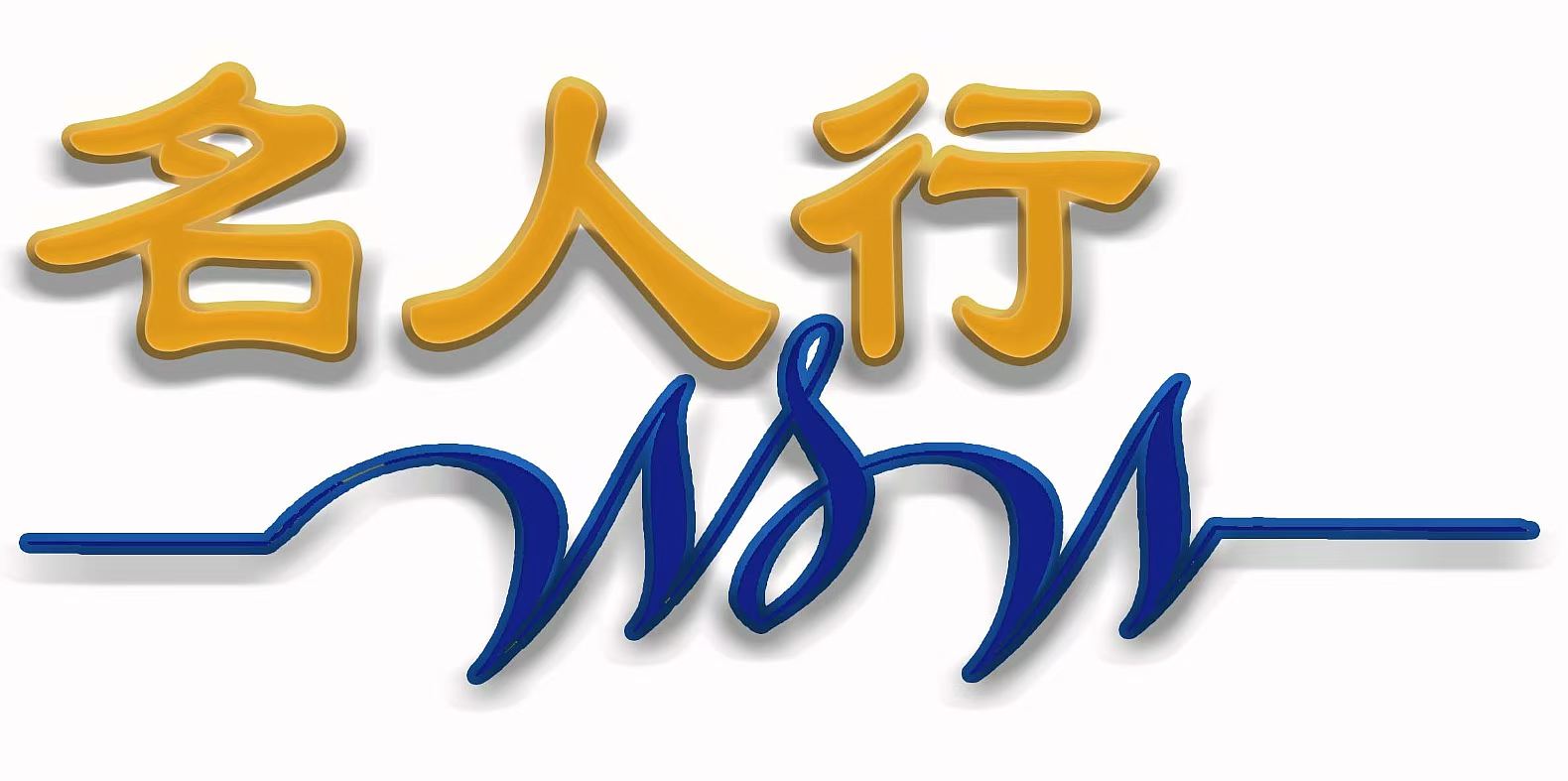The Vital Role of Intent in Taijiquan
- The Basic Postures of Taijiquan Are Products of Intent
The foundational postures of Taijiquan—seen in styles such as Chen, Yang, Wu, Wu (Hao), and Sun—originate from the imaginative minds of past masters who emulated natural phenomena and integrated combat or health needs into their designs. Forms like Grasp the Sparrow’s Tail, White Crane Spreads Its Wings, White Snake Flicks Its Tongue, Tiger-Pouncing Posture, and Embrace Tiger and Return to Mountain are all embodiments of intentional imagery, crafted through focused mental activity.
During form practice, practitioners must constantly guide themselves with intent, ensuring every movement aligns with proper body mechanics. Each action is directed by intent: where the mind focuses, the gaze follows, and the body aligns. A shift in gaze redirects the entire posture, blending stillness with motion. Every part of the body must harmonize; a single misalignment disrupts the whole.
Using intent to regulate posture is both the foundation and enduring theme of Taijiquan. Even at advanced levels, intent remains indispensable—refined into effortless spontaneity. Without this mental discipline, Taijiquan would lose its distinction from Western sports or martial arts that prioritize strength, form, or technique. It is the integration of intent into posture, power, and philosophy that elevates Taijiquan into a path of cultivation and Daoist wisdom.
2. Taijiquan Movements Are Guided by Intent
Every posture and transition in Taijiquan, whether in traditional styles or standardized forms (e.g., 8-Step, 24-Step), relies on intent. Techniques like Ward Off, Roll Back, Press, Push, Pluck, Split, Elbow Strike, Shoulder Strike, Advance, Retreat, Gaze Left, Look Right, and Central Equilibrium all unfold under the governance of intent.
Intent is not a mere command but a continuous thread guiding the body. For example, in the Commencing Form, one does not simply raise the arms but mentally envisions overcoming invisible resistance or descending under an unseen force. Changes in power, direction, and speed are modulated through "listening" with intent.
Central to Taijiquan is the interplay of emptiness and solidity—shifting weight between hands and feet, advancing and retreating, and redistributing balance. Such transitions demand intent as the precursor. As the classics state:
"Advancement and retreat require rotation; forward and backward demand folding. To rise, first descend; to move left, first shift right."
Only through intent can one achieve the subtlety of "internal movement hidden from others, adapting miraculously to the opponent’s changes." Physical force alone betrays itself, but agile intent creates fluidity. Grandmaster Wu Yuxiang emphasized:
"All of this is intent, not external form."
3. Mastering Taijiquan’s Essentials Depends on Intent
The core principles of Taijiquan—such as "lift the crown, tuck the hips, suspend the perineum, relax the shoulders, sink the elbows, hollow the chest, straighten the back, settle the waist, loosen the hips, and sink the qi"—are realized through precise intent. Similarly, qualities like "relaxation, sinking, softness, evenness, circularity, stability, alignment, rootedness, agility, and vitality" depend entirely on mental guidance.
Advanced concepts like "suspend the crown with emptiness, sink qi to the dantian, harmonize internal and external, move with continuity, adhere and follow without resistance, seek stillness within motion, embody softness concealing hardness, and unite with the Dao" are all manifestations of intent. The hallmark Taijiquan state—"supple as water, flowing unbroken, energy drawn like silk—where force pauses but intent persists"—is born from intent-driven motion.
As the Taijiquan Treatise explains:
"This is all about using intent, not brute force. In practice, release all tension from the body, allowing no stagnant force to bind the sinews or block the flow of qi. Only then can lightness, agility, and natural responsiveness arise. Some may doubt: ‘Without force, how can strength grow?’ The body’s meridians are like earth’s rivers—unclogged, they flow freely. When rigid force congests the meridians, qi and blood stagnate, movement stiffens. But with intent guiding qi—where the mind leads, qi follows—vitality circulates unimpeded, nourishing the whole body. Over time, true internal power emerges."
4. Intent Is Central to Taijiquan’s Martial Efficacy
Taijiquan’s essence lies in its martial prowess, and intent is the key to unlocking it. The art’s combat core is "transforming force through intent"—using mental focus to neutralize an opponent’s power. Mastery of this skill defines true Taijiquan combat.
For instance, if an opponent strikes the shoulder, intent shifts to the elbow; if they target the elbow, intent returns to the shoulder or redirects to the waist, knee, or foot. This endless cycle of adaptation exemplifies "using intent to dissolve force." Unlike untrained reactions (e.g., blocking a strike or resisting a push), Taijiquan overrides primal reflexes through disciplined intent, employing "yield, adhere, neutralize, and issue" to redirect aggression into emptiness.
As the Classics state:
"When the opponent is rigid, I yield—this is ‘dissolving.’"
Regardless of the attack’s strength, Taijiquan avoids resistance, instead using intent to soften, adhere, and transform. This principle elevates Taijiquan beyond mere technique into a realm of profound subtlety.

Comments (0)
No comments